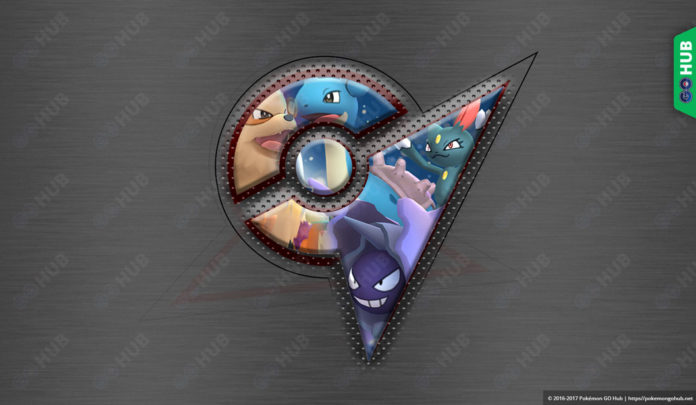Pokémon GO was released as a half baked game, rushed into market with most of its functionality missing. This article lists most of the features, medals, systems and bugs that were removed or changed dramatically over the course of Pokémon GO history. This article displays the legacy of Pokémon GO and it’s premature release.
The original 3-Step Pokémon tracker
The original tracker allowed players to chase and find every Pokémon by following its footprints and getting closer to him. The tracker was direction aware, used a 3 to 0 footstep system to describe distance and was widely beloved by players.
Footprint meaning:
- 3 footprints — within 1 km
- 2 footprints — within 100 meters
- 1 footprint — within 10 meters
- No footprint — appears in a few seconds
It was removed from the game less than a month after its release worldwide. According to Niantic the 3-Step Tracker removal was made as a performance optimisation (article about potential technical reasoning for removal), but it was never confirmed as such later on in the game’s lifespan. The removal of the 3 step tracker caused a huge public outcry and many players swear that the game is not the same without it.
Generic medal design

As a true testament on how the unfinished Pokémon GO game was on release, the attached screenshot displays 12 medals which are only differentiated by their label text. Those medals came in Bronze, Silver and Gold, as they are in the present days, despite looking a lot like the “Backpacker” medal.
Nowadays, most of these medals are known as “type medals”, for example the Kindler is actually the Fire type medal and you can still see its name once you click on it.
Only one Egg color
A couple of months after the release of the game, Niantic gave the players a “quality of life” change, setting a different colour for each egg distance:
- 2 km: Green
- 5 km: Orange
- 10 km: Purple
Before this change, all eggs you picked up were green, making it very hard to distinguish the eggs in your inventory. This change is one of the most welcomed and beloved game changes to date.
Same stardust / candy for every evolution stage
Nowadays, Stardust is a precious thing, so are Pokémon Candies. Long before the weather boost bonus and Pinap Berries even existed, you didn’t get any additional Candy or Stardust if you caught a higher evolution stage. Regardless if you caught a Pidgey or a Dragonite, the catch rewards would always be 100 Stardust and 3 Candy.
In February 2017, with the release of Gen 2, Niantic boosted Stage 2 and Stage 3 evolutions to award 5 Candy / 300 Stardust and 10 Candy / 500 Stardust, respectively.
Prestige system and the Ace Trainer Medal

Thanks to those changes, the old and clunky Prestige System was completely replaced and ceased to exist. With it, the Ace Trainer medal became also a legacy, as it is no longer possible to Train friendly gyms.
For those who joined the game after the rework, Prestige was a system that allowed players on the same team to “level up” gyms and increase their power by training against the Pokémon in it.
Gyms with 10 slots, multiple same specie defenders and defender hierarchy
With the removal of the Prestige system, the old gym system was also removed in it’s olden form. Gone were the gyms with 10 defender slots, and a new 6-slot system was put in place. Additionally, the way Defenders are sorted was changed. Previously, the order in which you fight Pokémon was determined by strength and now a new FIFO system (First In, First Out) was put into place.
4 Bar Charged Moves

However, the biggest change related to the movesets happened when Niantic decided to change all multi bar moves to a maximum of 3 bars, converting existing moves 4 bar moves like Twister to a 3 bar baseline.
Nowadays, the idea of a 5 bar charge move sounds like blasphemy, but that wasn’t always the case.
Charged Move Dynamics
In December 2017, the dynamics of how players use the charged move changed from a “long screen press” to a separate “button” dedicated to activating the charged move. The good old “hold tap to charge” is now gone, with most players praising the new button and the hidden potential it opens: multiple charge moves .
PS: In the olden era, you had to be aware of how full was your energy bar and be aware of when the fast attack was ending, in order to activate the charged move. Now, if the player is tapping in the right spot, he can going through the entire raid battle without even looking to the screen.



